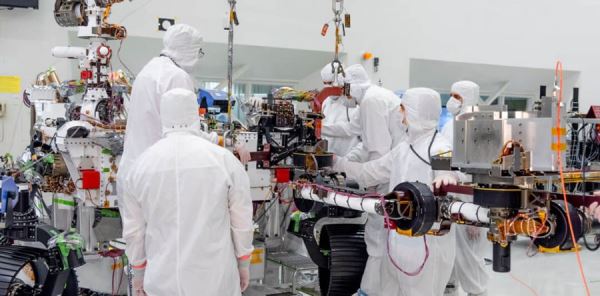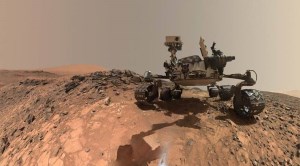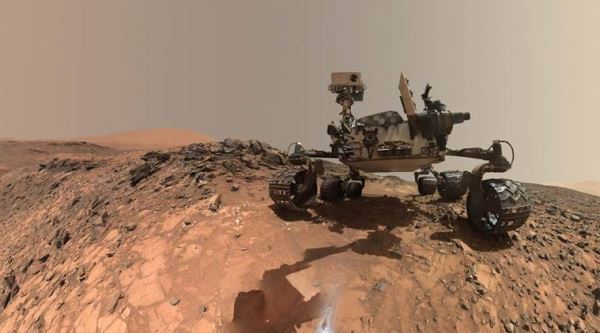Earlier this year, NASA launched the Mars 2020 Perseverance robotic rover for its latest research mission to Mars.
The autonomous rover is an innovative piece of hardware designed to advance the search for life on Mars and study the planet’s surface in greater detail.
Perseverance will be the first rover to collect samples from Mars that will ultimately be sent back to earth. It will also be the first to provide advanced stereoscopic, high definition video using new zoom-capable cameras.
On board is a robotic arm and other technology designed and built by Motiv Space Systems, a US company specialising in robotics solutions.
It’s the most sophisticated robotic arm that NASA has sent to the Red Planet.
Primary functions
For this project the California-based robotics company had to increase the scientific payload the arm can carry by 50%.
It also had to increase the precision and expand the capabilities of the robotic arm over the previous rover, Curiosity – all with almost no increase in the arm's mass.
The primary functions of the 2m long robotic arm are to position instruments on the Martian surface and support a drill that will core rock samples.
A Mars sample return mission is being planned to bring those samples to earth – turning the rover into the first Martian robotic rock collector.
Previous rovers, like Curiosity, ground rock samples into dust for evaluation, while Perseverance's robotic arm will allow the drill to collect whole cores.
Past rovers had to conduct all their research on Mars, limited to instruments that were light enough to be delivered to Mars and could survive Mars' harsh environment. Bringing samples back to earth will allow scientists to research the surface of Mars in ways they never have before, much like how samples collected during the Apollo missions are still revealing new scientific details today.
Zoomable stereo images
Motiv also played an integral role in developing the optomechanical design of the Mastcam-Z cameras.
The mechanisms, filter wheel, and optical prescriptions delivered will allow for zoomable stereo images and videos never seen from Mars's surface.
According to the company, these cameras should allow viewers to “feel like we are standing right there with the rover on Mars.”
Also, Motiv has created a force-torque sensor at the end of Perseverance's robotic arm.
The robotic arm's force-torque sensor makes the drilling and collection of the rock samples possible. Without it, the robotic arm might not use the right force while drilling or storing the sample.
Scientific advancements
Motiv CEO Chris Thayer likens the force-torque sensor to the nerves in your arm.
"The force-torque sensor tells the rover how much force is being applied while it's drilling a core sample from a rock,” he says.
“For example, this is similar to how our nerves would sense and provide feedback if we were using a drill in our own hands to do the same job."
Thayer says the Motiv team is honoured to contribute to the Perseverance rover.
"We can't wait to see the scientific advancements that come from its important mission."


